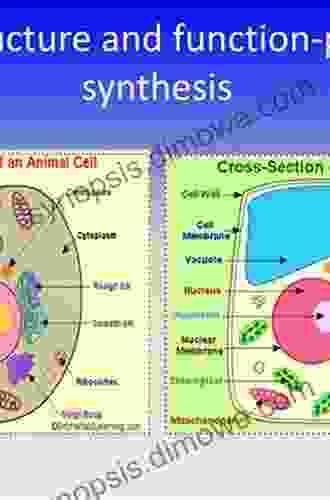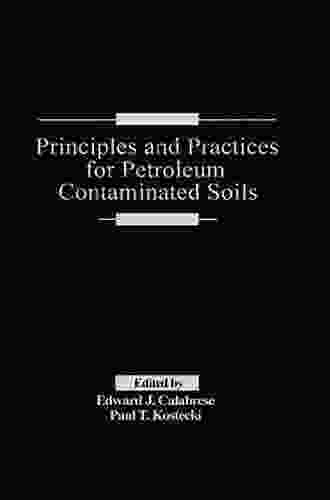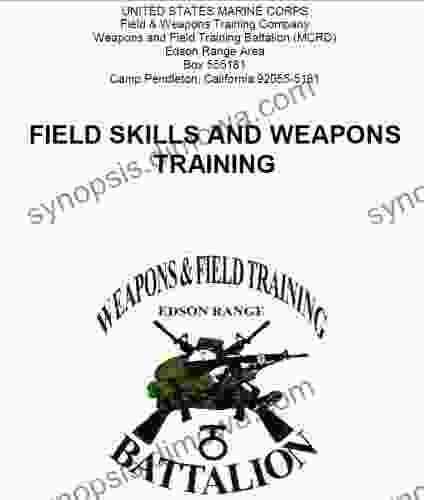Unveiling the Principles and Practices for Managing Petroleum-Contaminated Soils: A Comprehensive Guide

Petroleum contamination poses a significant environmental challenge, threatening soil health, groundwater quality, and ecosystems. To effectively mitigate and remediate these impacts, a comprehensive understanding of the principles and practices for petroleum-contaminated soils is essential. This article explores the latest advancements and best practices in this field, providing insights into the assessment, remediation, and management of contaminated sites.
Understanding Petroleum Contamination
Petroleum products, such as gasoline, diesel, and crude oil, are complex mixtures of hydrocarbons and other compounds that can infiltrate the environment through leaks, spills, or improper disposal. When these contaminants enter the soil, they can persist for extended periods, posing risks to human health and the ecosystem. The extent and severity of contamination vary depending on factors such as the amount and type of petroleum released, soil characteristics, and climatic conditions.
5 out of 5
| Language | : | English |
| File size | : | 41719 KB |
| Text-to-Speech | : | Enabled |
| Screen Reader | : | Supported |
| Enhanced typesetting | : | Enabled |
| Print length | : | 668 pages |
Assessing Petroleum Contamination
The initial step in managing petroleum-contaminated soils involves assessing the site to determine the extent of contamination. This involves conducting soil sampling and analysis to identify the presence, concentration, and distribution of contaminants. Advanced techniques, such as soil gas surveys and geophysical methods, can also provide valuable information about the subsurface contamination plume.
Remediation Strategies
Depending on the severity of contamination, various remediation strategies may be employed to restore the soil to acceptable levels. These strategies include:
- Excavation and Disposal: Physically removing contaminated soil and disposing of it off-site.
- In Situ Remediation: Treating contaminants in place using techniques such as bioremediation, chemical oxidation, or thermal desorption.
- Ex Situ Remediation: Excavating contaminated soil and treating it at a dedicated treatment facility.
Bioremediation: An Eco-Friendly Solution
Bioremediation utilizes microorganisms to break down petroleum contaminants into harmless substances. This approach is often preferred due to its cost-effectiveness, environmental friendliness, and ability to address a wide range of contaminants. By introducing specific microbial strains or stimulating indigenous bacteria, bioremediation can effectively reduce contaminant concentrations in the soil over time.
Monitoring and Long-Term Management
Once remediation is complete, ongoing monitoring is crucial to ensure the effectiveness of the treatment and prevent recontamination. Regular soil sampling and analysis help track contaminant levels and assess the long-term performance of the remediation strategy. Adaptive management approaches may be necessary to adjust the remediation plan based on monitoring results.
Case Studies and Success Stories
Numerous successful case studies demonstrate the practical application of principles and practices for petroleum-contaminated soils. For example, the bioremediation of a former oil refinery site resulted in a significant reduction in hydrocarbon concentrations and restored soil health. In another case, excavation and disposal combined with in situ chemical oxidation effectively addressed a high-concentration oil spill.
Managing petroleum-contaminated soils requires a multifaceted approach that encompasses assessment, remediation, and long-term monitoring. By understanding the principles and practices outlined in this article, environmental professionals can effectively mitigate the impacts of petroleum contamination and restore affected sites to a healthy and productive state.
Alt Attribute for Image:
A close-up view of a soil core sample showing layers of petroleum contamination.
Additional Keywords:
* Soil remediation * Environmental contamination * Petroleum hydrocarbons * Bioremediation techniques * Environmental engineering * Risk assessment * Sustainable land management * Soil health and restoration
5 out of 5
| Language | : | English |
| File size | : | 41719 KB |
| Text-to-Speech | : | Enabled |
| Screen Reader | : | Supported |
| Enhanced typesetting | : | Enabled |
| Print length | : | 668 pages |
Do you want to contribute by writing guest posts on this blog?
Please contact us and send us a resume of previous articles that you have written.
 Book
Book Novel
Novel Page
Page Chapter
Chapter Text
Text Story
Story Genre
Genre Reader
Reader Library
Library Paperback
Paperback E-book
E-book Magazine
Magazine Newspaper
Newspaper Paragraph
Paragraph Sentence
Sentence Bookmark
Bookmark Shelf
Shelf Glossary
Glossary Bibliography
Bibliography Foreword
Foreword Preface
Preface Synopsis
Synopsis Annotation
Annotation Footnote
Footnote Manuscript
Manuscript Scroll
Scroll Codex
Codex Tome
Tome Bestseller
Bestseller Classics
Classics Library card
Library card Narrative
Narrative Biography
Biography Autobiography
Autobiography Memoir
Memoir Reference
Reference Encyclopedia
Encyclopedia Renaee Smith
Renaee Smith David Newman
David Newman Mike Jones
Mike Jones David Crowell
David Crowell David Edwards
David Edwards Deborah Ruddell
Deborah Ruddell Monica Hesse
Monica Hesse Debashis Sarkar
Debashis Sarkar Dean G Duffy
Dean G Duffy David Ulrich
David Ulrich David Rothenberg
David Rothenberg Deborah Morse Kahn
Deborah Morse Kahn Dean Henegar
Dean Henegar David Wood
David Wood David Pustansky
David Pustansky Wolfgang Daunicht
Wolfgang Daunicht David Woodhouse
David Woodhouse Jeanne Crane
Jeanne Crane Soumendra Mandal
Soumendra Mandal Oanh Le Thi Kieu
Oanh Le Thi Kieu
Light bulbAdvertise smarter! Our strategic ad space ensures maximum exposure. Reserve your spot today!

 Hunter MitchellUnveiling the Secrets of Nature's Pigments: The Porphyrins: Structure and...
Hunter MitchellUnveiling the Secrets of Nature's Pigments: The Porphyrins: Structure and... Clarence MitchellFollow ·11.9k
Clarence MitchellFollow ·11.9k Banana YoshimotoFollow ·10.6k
Banana YoshimotoFollow ·10.6k Kelly BlairFollow ·10.7k
Kelly BlairFollow ·10.7k Arthur C. ClarkeFollow ·17.7k
Arthur C. ClarkeFollow ·17.7k Shane BlairFollow ·13.5k
Shane BlairFollow ·13.5k Floyd PowellFollow ·6.1k
Floyd PowellFollow ·6.1k Henry David ThoreauFollow ·2.7k
Henry David ThoreauFollow ·2.7k Eli BlairFollow ·5.4k
Eli BlairFollow ·5.4k

 Aron Cox
Aron CoxMastering Project Management: The Ultimate Guide to...
In today's competitive...

 Dominic Simmons
Dominic SimmonsLet's Build Sue Fliess: Unleash the Polychrome Master...
Chapter 1: The...

 Mason Powell
Mason PowellMaster the Digital Marketing Landscape: Fundamentals of...
In the age of digital...

 Aubrey Blair
Aubrey BlairUncover the Secrets of Ancient Blades and Enchanting...
Embark on an Enchanting Journey into the...

 Shannon Simmons
Shannon SimmonsUnleash the Spooktacular with Spooky Crochet Tutorials...
Prepare to be spooked...

 Cade Simmons
Cade SimmonsImmerse Your Little Ones in a World of Enchantment with...
Nursery rhymes have forever ignited the...
5 out of 5
| Language | : | English |
| File size | : | 41719 KB |
| Text-to-Speech | : | Enabled |
| Screen Reader | : | Supported |
| Enhanced typesetting | : | Enabled |
| Print length | : | 668 pages |










